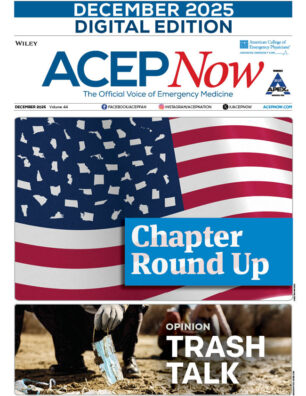Increasing Medicaid payments leads to better physician access for patients enrolled in Medicaid, according to a study published in The New England Journal of Medicine. The researchers examined the effects of Medicaid reimbursement increases for primary care providers mandated by the Affordable Care Act (ACA) and found that higher reimbursement increased the number of new-patient primary care appointments available to Medicaid patients. The number of appointments for new patients with private insurance did not change during the study period, neither did appointment wait times for both Medicaid and privately insured patients.
The study, which examined appointment availability before (November 2012–March 2013) and after (May 2014–June 2014) the ACA’s Medicaid reimbursement increase in 10 states, revealed a 7.7 percent increase, on average, in appointments to see primary care physicians after the pay raise. The most dramatic outcomes were in states where Medicaid reimbursement was initially lower. Illinois, New Jersey, Pennsylvania, and Texas were the states with the lowest initial rates in the study, and all had more than 10 percent increases in appointment availability. The study found similar increases in appointment availability in states that expanded their Medicaid programs (New Jersey and Illinois) and those that did not (Texas and Pennsylvania), suggesting that expanding Medicaid does not strain provider capacity or decrease access to physicians.
The study notes that only 15 states plan to continue the reimbursement increases, as the federal government declined to extend the funding beyond 2014. This may decrease the availability of primary care appointments for Medicaid enrollees in states that see a drop in Medicaid reimbursement.
However, improved access to primary care services could actually reduce the number of unnecessary ED visits, study authors Stephen Zuckerman, PhD, and Douglas Wissoker, PhD, explain. “To the extent that more generous physician payments in Medicaid improve appointment availability in physician offices, you would hope to see fewer ED visits. In addition, if access improves, follow-up care after necessary ED visits could prevent repeat ED visits,” they noted.
Daniel Polsky, PhD, also an author of the study, intends to do follow-up studies in early 2016 “to see if the effects reverse after the temporary increases expire in 2015.” Dr. Zuckerman and Dr. Wissoker also intend to conduct follow-up studies.
“To date, we have conducted two waves of data collection intended to examine the effects of changes associated with the ACA on physician availability by type of insurance. We are currently seeking funding for a third wave, which would allow us to compare physician availability pre- and post-ACA for those with private insurance, Medicaid, no insurance, and insurance obtained from exchanges,” noted Dr. Zuckerman and Dr. Wissoker.
Pages: 1 2 | Multi-Page





No Responses to “Medicaid Access Improves When Physician Pay Increases”